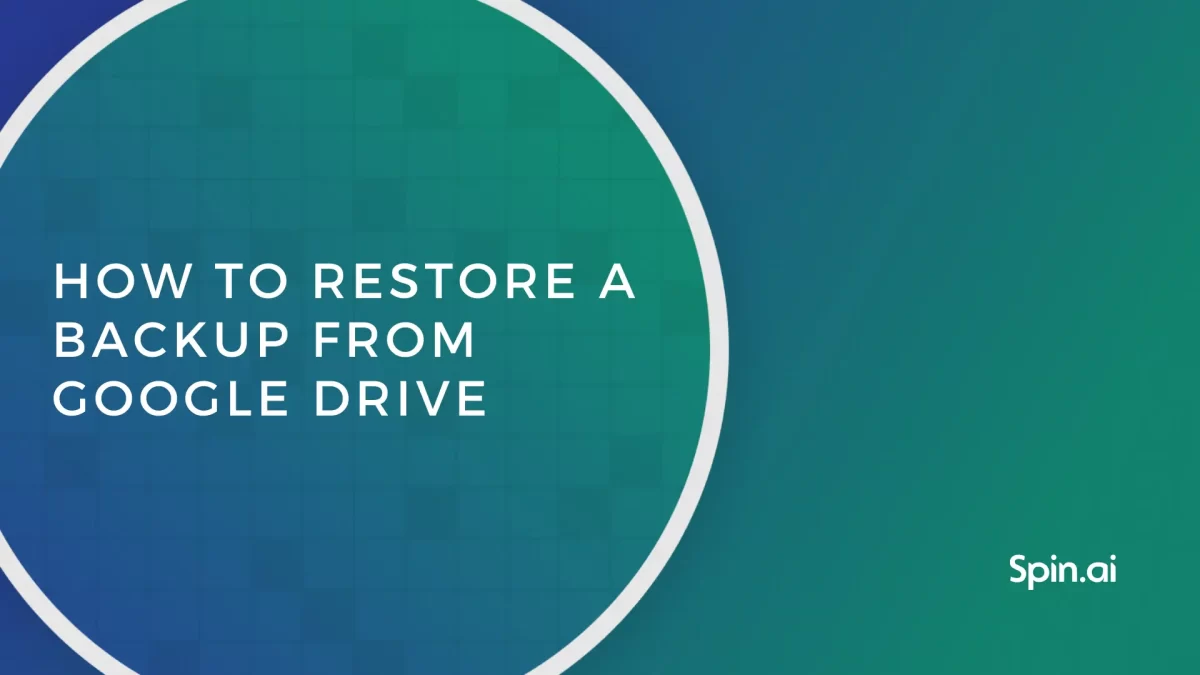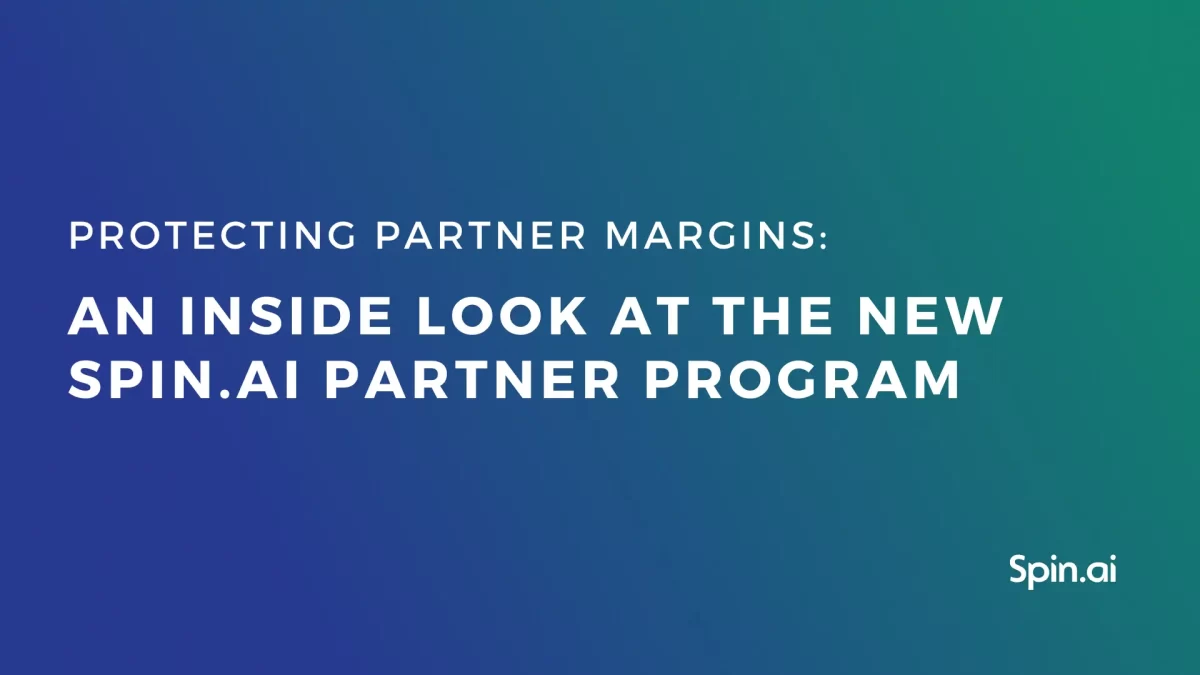IT Compliance Explained: Guide for Enterprise

IT security and compliance is a serious concern for many businesses and organizations. So what does IT compliance mean? Let’s take a deep dive into IT compliance. Of course, this topic is too vast for just one page, but don’t worry. In this article, you’ll find both brief overviews and links to more detailed readings about various aspects of compliance and data security.
What Is Compliance, and Why Is It Important?
In IT, compliance is a set of digital security requirements and practices. Following compliance requirements is a way to ensure that a company’s business processes are secure and that unauthorized parties won’t access sensitive data (including customers’ data). Sometimes compliance is a legal requirement for a certain industry (HIPAA), and sometimes it’s an IT security standard (ISO).
The cost of non-compliance can be very high. It depends on the framework, violation, and other factors. Let’s take GDPR as an example. For severe violations, a fine reach up to 20 million euros or up to 4% of the violator’s total global turnover, whichever is higher.
To be compliant, you have to implement appropriate security measures to protect your data from unauthorized access, exposure, cyberattacks, and other threats. By implementing strong IT security practices, you not only comply with laws but also protect your business from the negative consequences of data breaches. Besides, being compliant is a good way to improve trust between your business and your customers.
Achieving compliance doesn’t guarantee that you will not face a security incident. Still, to become compliant, a company implements many good security practices that will reduce the probability of a breach. It is always reasonable to continue improving your security, even if formal compliance requirements have been achieved.
IT Compliance Checklist: Standards and Regulations
The regulations you need to comply with depending on the industry, geographical location, and other factors. Let’s take a look at some of the common compliance regulations and standards.
GDPR
GDPR lays down rules relating to the protection of natural persons with regard to the processing of personal data and rules relating to the free movement of personal data. This Regulation protects fundamental rights and freedoms of natural persons and, in particular, their right to the protection of personal data. The free movement of personal data within the Union shall be neither restricted nor prohibited for reasons connected with the protection of natural persons with regard to the processing of personal data.
GDPR protects the security and privacy of data belonging to EU citizens and residents. So, if your company operates with such data, GDPR may be applied to you (even if your company isn’t located in the European Union).
HIPAA
HIPAA—IT compliance standard for the healthcare industry. HIPAA regulates how medical organizations protect the sensitive information of their patients. To be HIPAA compliant, you have to ensure that all health data is secure and confidential.
NIST SP 800-171
Consulting firms, suppliers, and other businesses working with federal or state agencies need to follow NIST compliance. This standard highlights various aspects of data management, including access control, risk assessment, system integrity, and many others.
CCPA
If you have customers from California, you may need to comply with The California Consumer Privacy Act, or CCPA. This law protects personal data like name, email address, phone number, and other information that can help to identify a consumer or a household. When do you need to comply with this law? Read our article dedicated to CCPA:
PCI-DSS
Payment processors and other financial services providers may need to comply with the Payment Card Industry Data Security Standard (PCI-DSS). This standard helps to prevent credit card fraud and ensures that financial information is protected.
SOX
Sarbanes-Oxley Act, often referred to as SOX, regulates how an organization handles its financial information. As modern companies use computer systems to store their information, it’s reasonable to talk about SOX compliance in IT. To stay compliant, you have to ensure that the financial data of your company is stored securely and access to it is controlled.
ISO 27001
ISO 27001 focuses on information security management systems (ISMS). Following ISO standards helps you to manage the security of financial information, intellectual property, employee details, or other sensitive data. Following ISO standards is a common practice that not only ensures that your data is safe but also reassures your clients that their data is protected.
SOC 2
If you are a SaaS solution provider, you may need to achieve SOC 2. SOC 2 is an auditing procedure that describes security measures implemented by a company to protect the data of its customers.
Preparing yourself for SOC 2 assessment? Here’s a checklist to help you.
What Should You Consider While Developing an IT Compliance Program for Your Company?
First and foremost, you have to understand which compliance regulations apply to you based on the individual features of your company and its operations. After that, take a look at the data protection measures you implement. This will help you to determine potential vulnerabilities to fix and cybersecurity software to install.
Though each compliance regulation is unique, there are some common data security issues, including:
- Access and identity control
- Control over data sharing
- Incident response
- Disaster recovery
- Data loss prevention measures
- Protection against malware
- Corporate security policies
- Monitoring and reporting
Addressing these issues is a good way to start your journey towards improving your security and becoming compliant.
Cloud Computing and Compliance
IT compliance regulations and standards apply to all kinds of digital data, including your information stored in the cloud environments like Google Workspace (G Suite) and Microsoft 365. Implementing the best practices of cloud data security and compliance will help you to protect your business-critical information.
If you deal with cloud data, we highly recommend reading our comprehensive insight into compliance in the cloud. It covers compliance in general and Google Workspace (G Suite) and Microsoft 365 specifically.
To ensure your data is protected according to the highest standards, you can use specialized cybersecurity software. SpinOne is one such tool.
How Do We Help You to Protect Your Data and Meet Compliance Requirements?
SpinOne is a cybersecurity solution for Google Workspace (G Suite) and Microsoft 365 that includes cloud backup functionality with advanced ransomware protection algorithms. We help you to:
- Back up your cloud data and ensure it is safe from human error and cyberattacks. Our automated backup helps to both protect your data and save your time.
- Restore your data from a backup with a 99.9% success rate. That means your data should always be accessible and properly backed up.
- Control backup versions, so you have several backups to recover from
- Keep your data encrypted in transit and at rest
- Perform analytics and reports, which is important for both security and compliance
- Protect your data from ransomware.
For Google Workspace (G Suite) users, we have additional audit functionality that helps you to:
- Monitor your Google Workspace (G Suite) data behavior, including data download and sharing
- Control access to your data by monitoring app permissions and user login activity for potential abnormalities
- Perform risk assessment for SaaS apps connected to your Google Workspace (G Suite) account
- Perform app whitelisting/blacklisting
- Implement data, app, and domain security policies
- Identify connected devices
Our tools help you to address compliance requirements by protecting your data and giving you more visibility and control over it. Our solution implements the highest security and privacy controls, audited in our SOC 2 reports.
Was this helpful?
How Can You Maximize SaaS Security Benefits?
Let's get started with a live demo
Latest blog posts
Reducing Browser Extension Risk with Spin.AI Risk Assessment + Perc...
April 24, 2024Spin.AI is collaborating with Perception Point: integrating the Spin.AI Browser Extension Risk Assessment within the... Read more
How to Restore A Backup From Google Drive: A Step-by-Step Guide
April 10, 2024Backing up your Google Drive is like making a safety net for the digital part... Read more
Protecting Partner Margins: An Inside Look at the New Spin.AI Partn...
April 2, 2024Google recently announced a 40% reduction in the partner margin for Google Workspace renewals –... Read more


